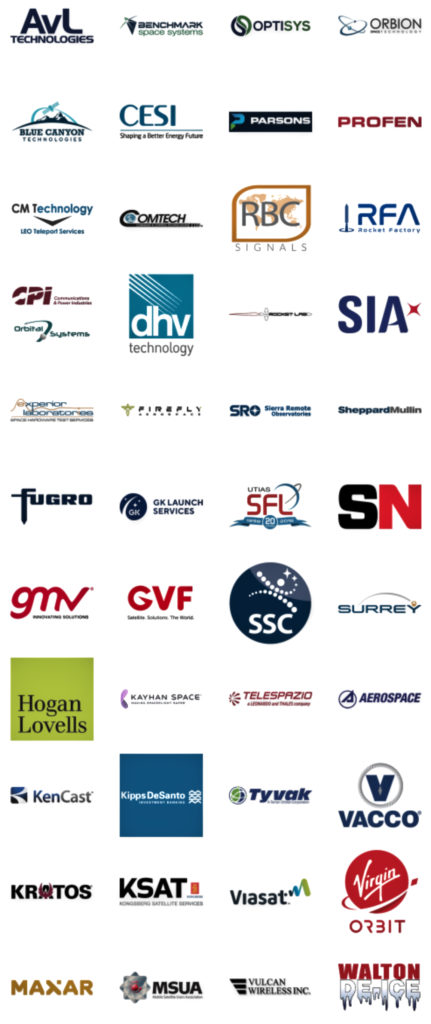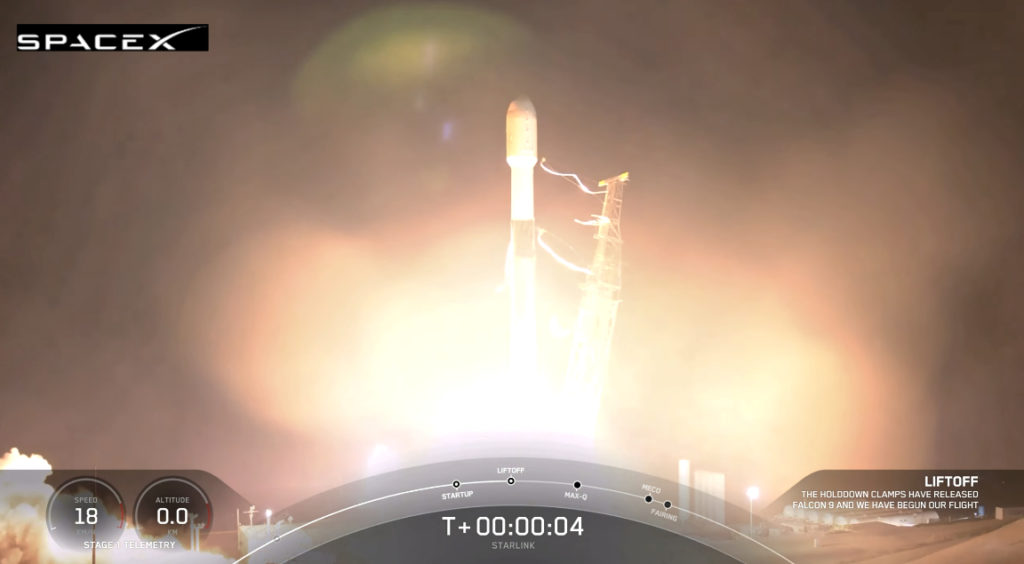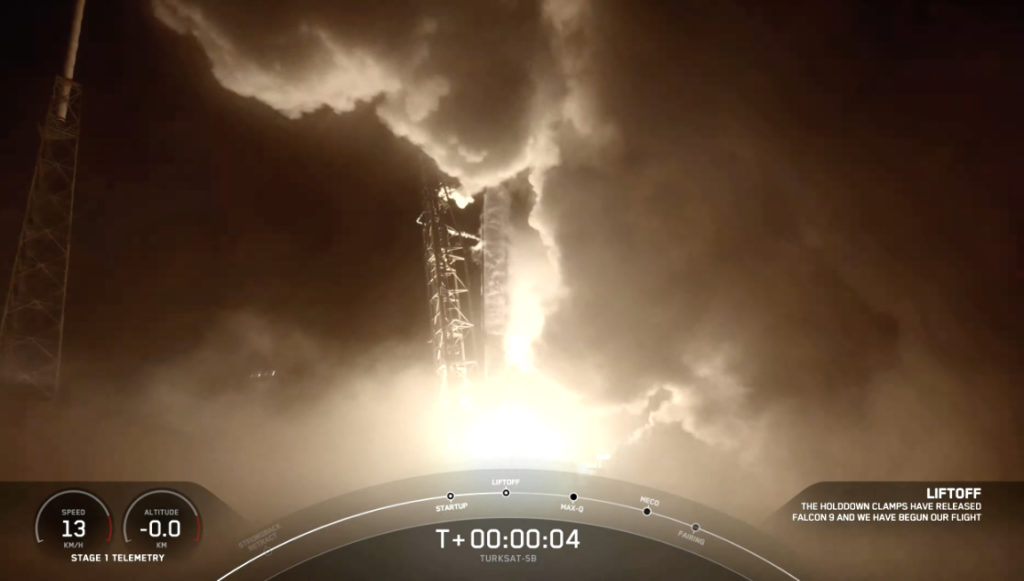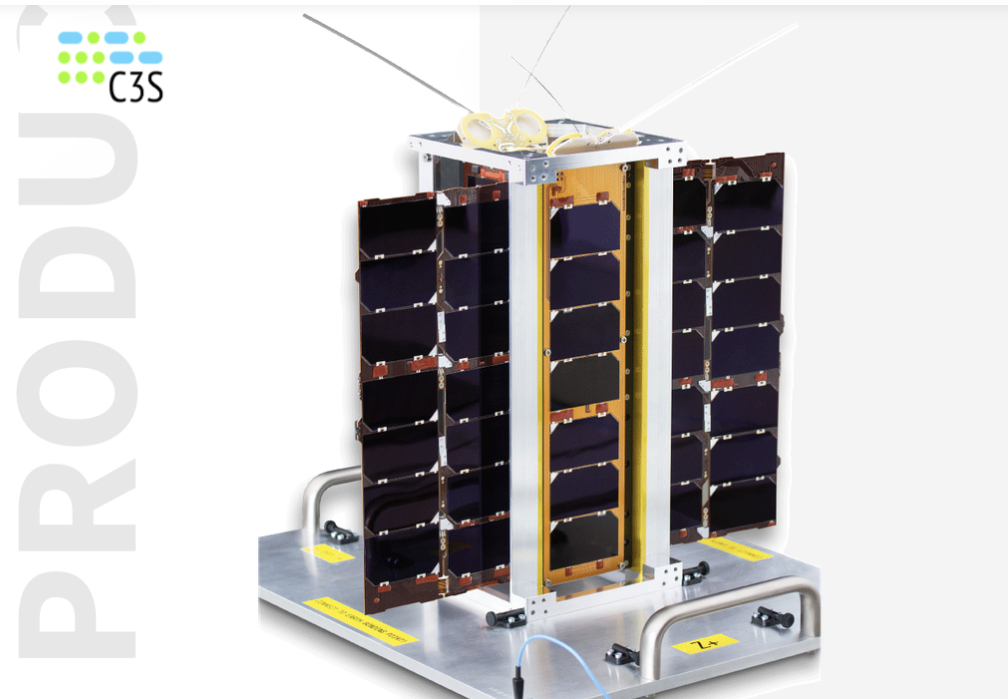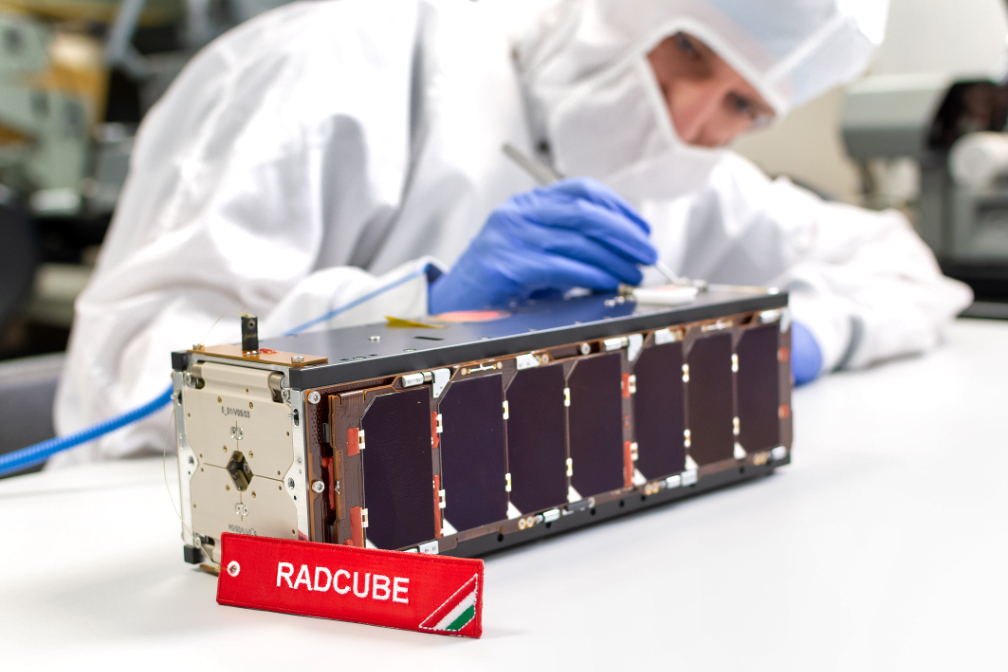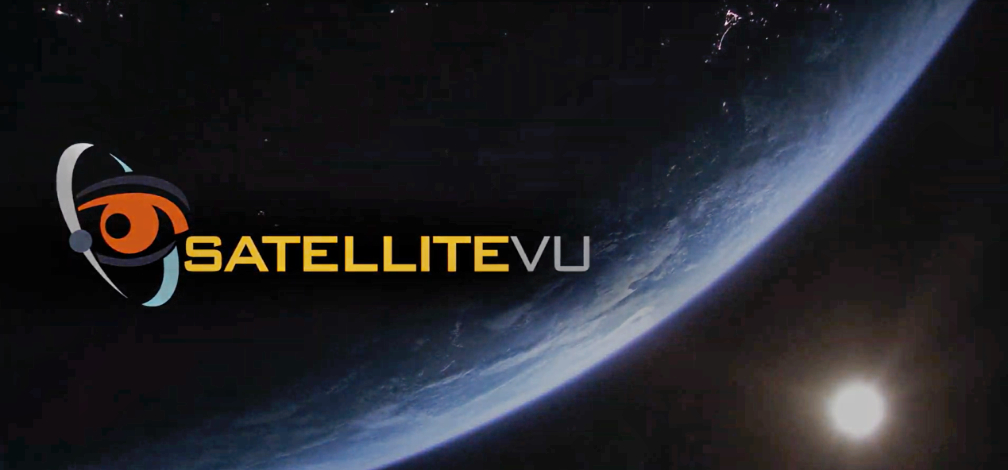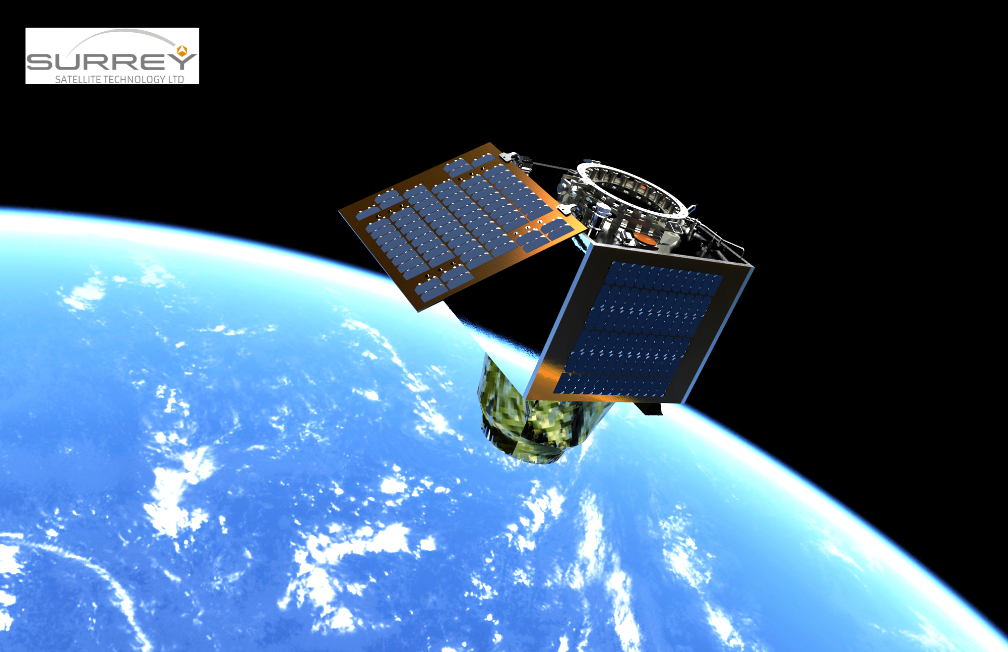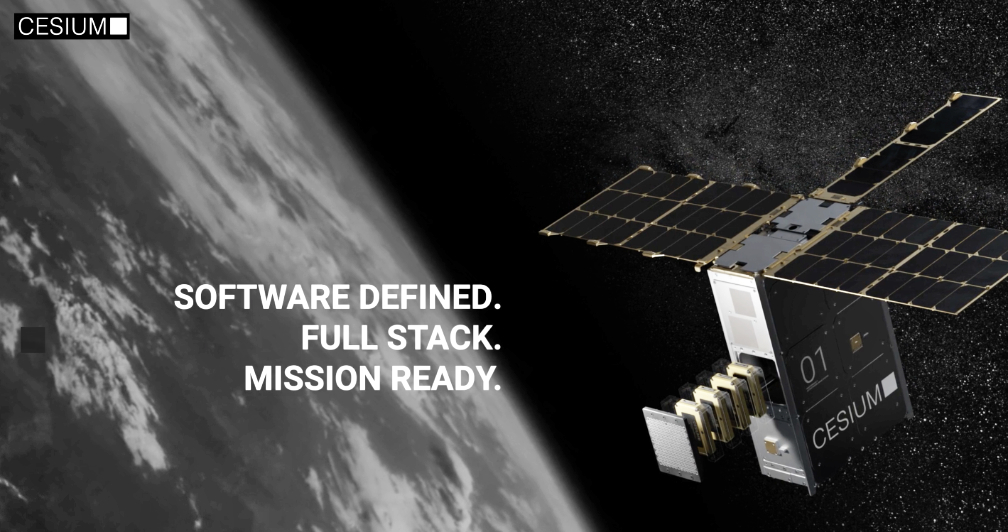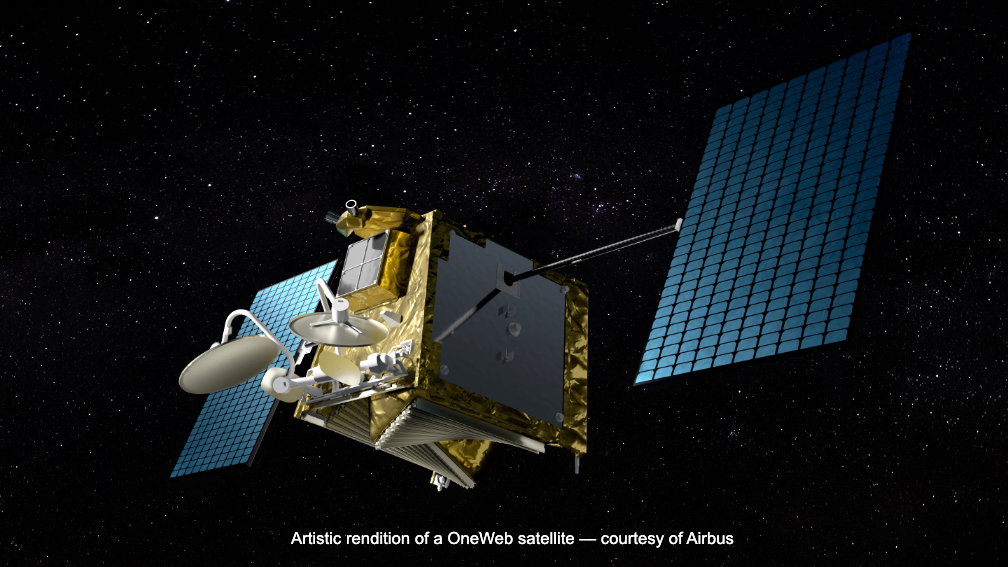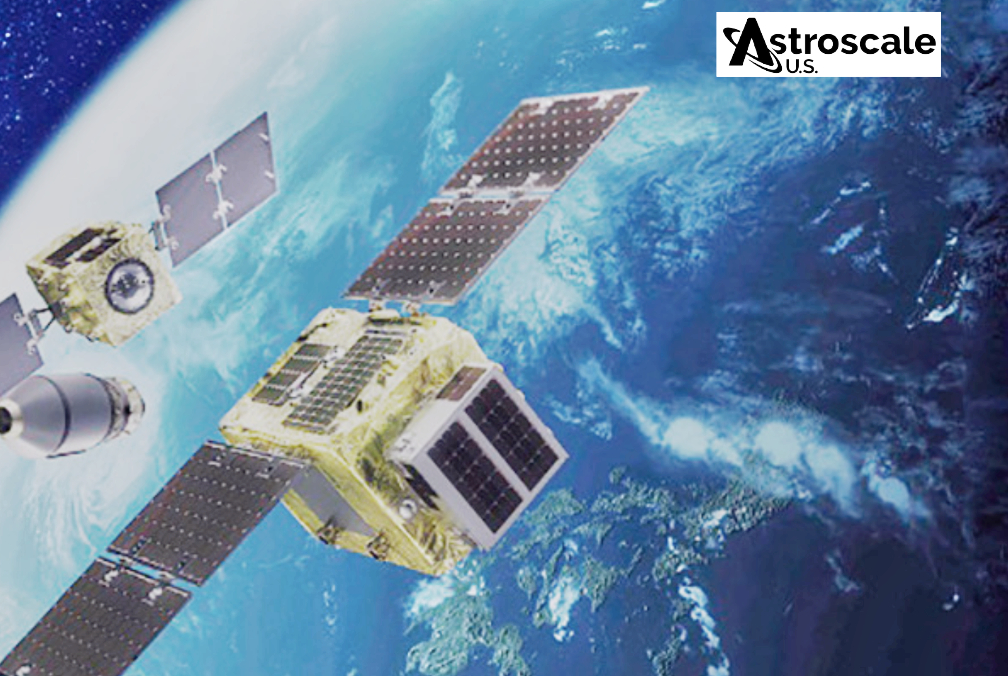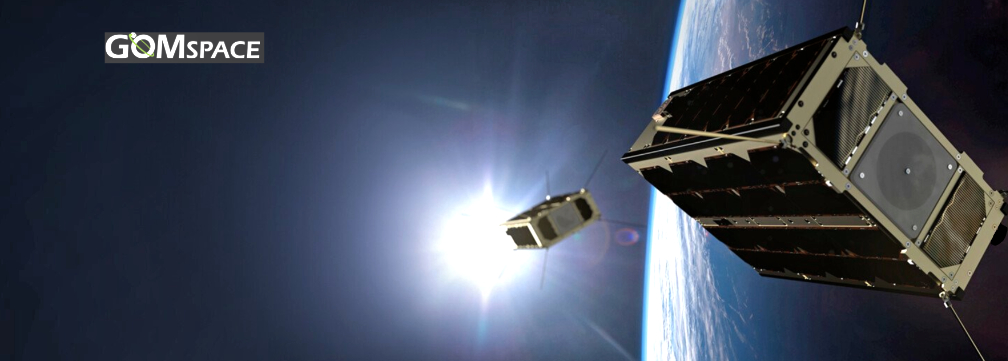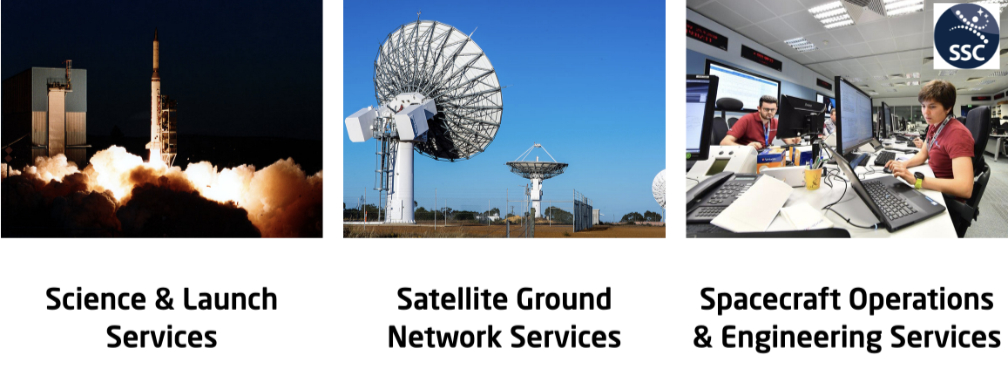
The SmallSat Symposium Silicon Valley 2022 will be in session from February 8 through 10, with the event workshops occurring on February 7.
The SmallSat Symposium will, once again, be conducted at Silicon Valley’s Computer History Museum.

Realize — 97 percent of all launched satellites are smallsats — that is a massive and profound shift in the satellite market. Smallsats are poised to massively accelerate their on-orbit presence as their reliability, functionality and effectiveness are realized more and more by industry actors.
The 2022 Symposium brings together leaders who will identify the critical trends occurring within the smallsat environs. The companies leading new technologies will also present their perspectives to attendees.
The SmallSat Symposium is an absolutely ideal environment for open communication between attendees and presenters and exhibitors as well as an important business networking event. The critical insights offered into the smallsat industry are the hallmarks of this must-attend satellite industry event.
The SmallSat Symposium Exhibitors and Sponsors include…
